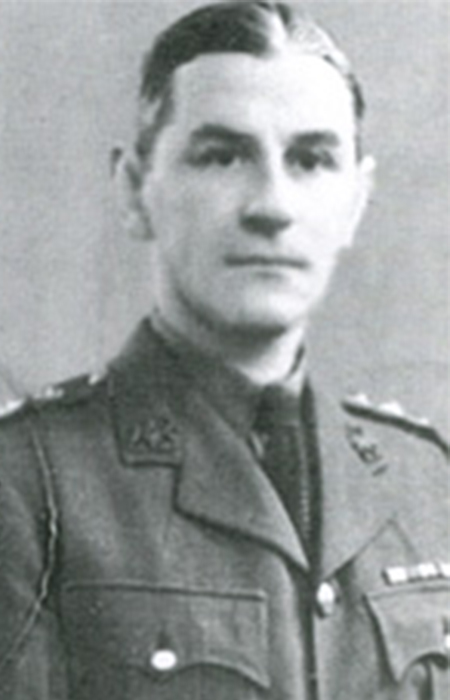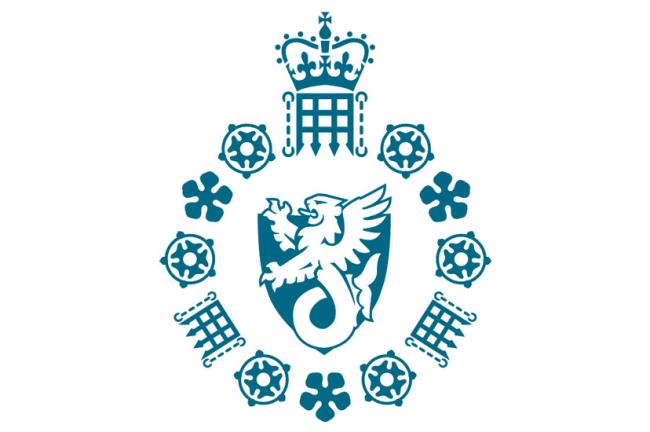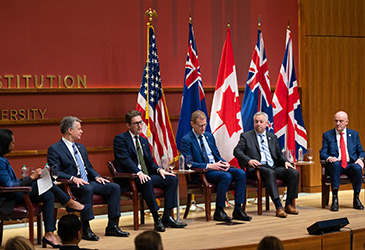The inter-war years
The fight for survival

By Professor Christopher Andrew, author of "The Defence of the Realm".. Maxwell Knight, MI5's leading agent- runner in the 1930s
Unknown to most of his staff, for six years after victory in the First World War, Vernon Kell had to fight for the survival of MI5. In addition to being faced with savage peacetime cutbacks, MI5 was threatened by rivalry with both the Metropolitan Police Special Branch and the Secret Intelligence Service (SIS).
The head of the Special Branch, Sir Basil Thomson, whose Whitehall network was more influential than Kell’s, persuaded Lloyd George’s coalition government in 1919 to make him head of a newly created Directorate of Intelligence to take charge of counter-subversion. Thomson proved out of his depth and in 1921 was, in his own words, ‘kicked out by the P.M.’ Scotland Yard, however, retained the lead role in counter-subversion (except in the armed forces) for another decade.
Admiral Sir Hugh ‘Quex’ Sinclair, who became Chief of SIS after Cumming’s death in 1923, made an unsuccessful take-over bid for MI5 on the grounds that it was ‘impossible to draw the line’ between espionage and counter-espionage. By 1925, though MI5 had secured its survival as an independent agency, it had only thirty-five staff. Kell told Whitehall’s Secret Service Committee in 1925 that, because of lack of resources, ‘he had no ‘‘agents’’ in the accepted sense of the word, but only informants, though he might employ an agent for a specific purpose’.
MI5 dramatically returned to centre stage in the intelligence community after a surveillance operation revealed that the Special Branch had been penetrated by Soviet intelligence. Though there were no prosecutions, two officers were dismissed from Scotland Yard in 1929 after a disciplinary board of inquiry. As part of an intelligence reorganisation in 1931 full responsibility for counter-subversion was transferred to MI5, which was officially known henceforth as the Security Service but continued to be more frequently referred to as MI5.
Security Service staff numbers, however, increased only gradually. Even at the start of 1939 it had only thirty-six officers, assisted by 103 secretarial and Registry staff. MI5’s most striking pre-war success was the penetration of the London embassy of Nazi Germany. Its most important source was the anti-Nazi German diplomat, Wolfgang zu Putlitz, whose constant message was that the British policy of trying to ‘appease’ Hitler by making concessions to him made war more, not less, likely. Putlitz came close to despair in September 1938 when the Prime Minister, Neville Chamberlain, returned from the Munich conference claiming that an agreement pressuring the Czechs to surrender the Sudetenland on their western border to Germany meant not only ‘peace with honour’ but ‘peace for our time’. In an attempt to persuade Chamberlain to think again, Kell took the personal decision to inform him that Hitler referred to him in private as an ‘arsehole’. The probably shocked Foreign Secretary, Lord Halifax, underlined the insult three times in red ink.
MI5’s leading agent-runner, Maxwell Knight (later a well-known BBC naturalist) also had considerable success in penetrating British fascist movements. MI5 was hampered, however, by the unwillingness of successive pre-war Home Secretaries to sign a Home Office Warrant (HOW) for the interception of the communications of Sir Oswald Mosley, leader of the British Union of Fascists, apparently because of the belief that he was, at root, a sincere patriot who posed no threat to national security—despite the fact that he married his second wife at a private ceremony in Goebbels’s drawing room, attended by Hitler.

